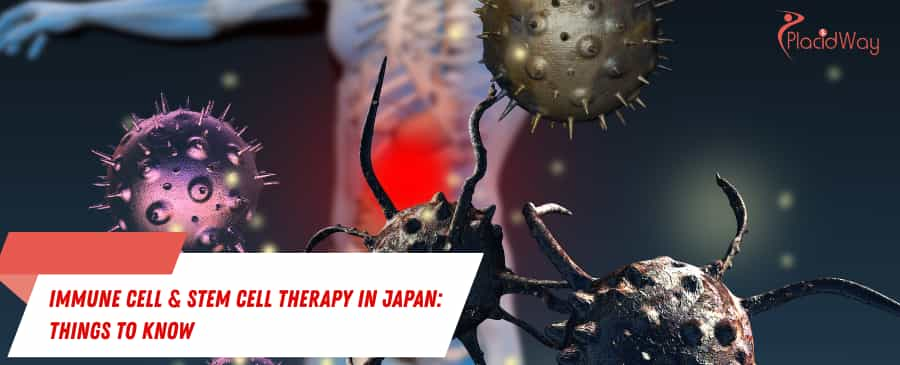
Japan has established itself as the global gold standard for regenerative medicine and immunotherapy. Unlike many destinations where these treatments operate in a legal grey area, Japan’s Act on the Safety of Regenerative Medicine (ASRM) provides a rigorous legal framework that ensures safety and efficacy for international patients. Whether you are seeking NK Cell Therapy in Tokyo for cancer prevention or Adipose-Derived Stem Cell Therapy in Osaka for anti-aging, understanding the landscape is crucial for making an informed decision.
Key Takeaways
- Regulated Safety: Japan is one of the only countries where stem cell and immune therapies are fully regulated by the government (MHLW), ensuring Grade A clinical standards.
- Therapy Types: The most sought-after procedures are NK (Natural Killer) Cell Therapy for immune boosting and cancer defense, and Autologous Stem Cell Therapy for joint repair and anti-aging.
- Global Cost Comparison: Patients can save significant amounts compared to the US, though Japan is priced as a premium destination compared to Mexico or Turkey.
- Estimated Medical Tourism Package Costs:
- Japan (Premium & Regulated): $10,000 – $50,000
- Korea (Advanced Technology): $7,000 – $35,000
- Mexico (Cost-Effective): $3,500 – $20,000
- Turkey (Best Value): $3,000 – $15,000
Immune Cell Therapy in Japan: Procedure & Benefits
Immune cell therapy in Japan, specifically NK Cell Therapy, involves harvesting a patient's blood, activating the Natural Killer cells in a specialized lab, and re-infusing them to boost immunity and fight abnormal cells.
Immune Cell Therapy, particularly Autologous NK Cell Therapy, is a cornerstone of Japanese preventative medicine. In cities like Tokyo, Japan, clinics utilize advanced cell processing centers (CPCs) to multiply your body's natural defense mechanism—the Natural Killer cell—by billions.
The Procedure Workflow
- Consultation & Screening: Doctors assess your medical history and suitability at a regenerative medicine clinic in Tokyo.
- Blood Draw: Approximately 50-60ml of blood is drawn from the patient.
- Cell Culture (14 Days): The blood is transported to a CPC where NK cells are isolated and cultured to increase their count by 1,000 to 5,000 times.
- Administration: The activated cells are returned to the patient via an intravenous (IV) drip, which typically takes 45–60 minutes.
Primary Candidates
- Cancer survivors seeking to prevent recurrence (often combined with standard oncology).
- Healthy individuals looking for anti-aging and immune system strengthening.
- Patients with chronic fatigue syndrome or high susceptibility to infections.
Stem Cell Therapy in Japan: Regulations & Safety
Stem cell therapy in Japan is strictly regulated under the 2014 Act on the Safety of Regenerative Medicine (ASRM), which classifies treatments by risk and requires Ministry of Health (MHLW) approval for every clinic protocol.
While stem cell clinics in Mexico and Turkey operate under looser guidelines, Japan’s medical regulations are stringent. Clinics must submit detailed treatment plans to the government. This makes stem cell therapy in Osaka and Kyoto safer but often more expensive than other hubs.
Types of Stem Cells Used
| Cell Type | Source | Common Uses | Regulatory Status |
|---|---|---|---|
| Adipose-Derived MSCs | Patient's own fat tissue | Joint repair, skin rejuvenation, anti-aging | Class II (Approved widely) |
| Bone Marrow MSCs | Patient's hip bone marrow | Spinal injury, orthopedic conditions | Class II (Approved) |
| iPS Cells (Induced Pluripotent) | Reprogrammed adult cells | Retinal diseases, Parkinson's (Clinical Trials) | Class I (Strictly Research/Trials) |
| Umbilical Cord MSCs | Donated cord tissue | Systemic autoimmune conditions | Class I/II (Strictly Regulated) |
Cost Analysis: Japan vs. Mexico, Turkey, and Korea
Japan commands a premium price due to regulatory compliance and high-tech processing, whereas Mexico and Turkey offer lower costs due to lower operational expenses, making them attractive for budget-conscious patients.
When searching for stem cell therapy costs 2025, it is vital to compare "apples to apples"—specifically the cell count, source, and facility accreditation. Below is a comparative breakdown of costs for popular procedures.
Comprehensive Cost Comparison Table (USD)
| Procedure | Japan (Tokyo/Osaka) | South Korea (Seoul) | Turkey (Istanbul) | Mexico (Tijuana/Cancun) |
|---|---|---|---|---|
| NK Cell Therapy (Immune Boosting) | $25,000 – $50,000 | $20,000 – $30,000 | $5,000 – $15,000* | $15,000 – $22,000 |
| Stem Cell Therapy (Orthopedic/Joint) | $10,000 – $20,000 | $7,000 – $15,000 | $3,000 – $7,000 | $3,500 – $8,000 |
| Stem Cell Therapy (Systemic/IV) | $20,000 – $45,000 | $15,000 – $35,000 | $8,000 – $20,000 | $8,000 – $18,000 |
| Hair Transplant + Stem Cell | $15,000+ | $8,000 – $12,000 | $3,000 – $6,000 | $4,000 – $7,000 |
| Regulatory Level | Highest (Govt Approved) | High (K-FDA) | Moderate | Variable (Clinic Dependent) |
*Note: In Turkey and Mexico, "Immunotherapy" often refers to standard oncology drugs or non-autologous protocols, which explains the lower price variance.
Things to Know Before You Go: A Medical Tourist's Checklist
Successful medical tourism requires preparation: secure a Medical Visa for Japan if staying long-term, ensure your clinic has an MHLW notification number, and plan for a 2-week stay if undergoing culture-based therapies.
Verifying Clinic Credentials
In Japan, every legitimate clinic must have a specific "Notification Number" provided by the Ministry of Health. In Mexico (Tijuana/Guadalajara), look for COFEPRIS licensing. In Turkey (Istanbul), ensure the hospital is JCI accredited.
The "Culture" Timeline
Unlike simple "same-day" treatments found in some US stem cell clinics, high-quality Japanese therapy often involves culturing cells.
- Visit 1: Initial consultation and tissue/blood harvest.
- Gap: 2-4 weeks for cell processing (you can return home or travel).
- Visit 2: Re-infusion of cells.
Strategic LSI Keywords & Search Terms
When researching, use these specific terms to find better results:
- "Regenerative Medicine Act Japan Class II" (ensures legality)
- "Culture expanded MSCs cost Mexico" (ensures high cell count)
- "Exosome therapy vs Stem Cell Turkey" (newer, cheaper alternative)
Frequently Asked Questions (People Also Ask)
Yes, if your treatment requires a stay longer than 90 days or frequent visits, you should apply for a "Visa for Medical Stay." This allows for multiple entries and accompaniment by a caregiver. However, for short visits (under 90 days) for consultation or simple procedures, many nationalities can enter on a standard tourist visa, though it is recommended to carry an appointment letter from the clinic.
How do I verify if a Japanese clinic is legitimate?
Every clinic offering cell therapies in Japan must be registered with the Ministry of Health, Labour and Welfare (MHLW). You should ask the clinic for their MHLW Notification Number (often an 8-digit code). This ensures they have passed strict safety reviews regarding cell processing and facility hygiene.
Will language be a barrier? Do I need an interpreter?
While top clinics in Tokyo and Osaka cater to international patients and have English-speaking staff, language can be a barrier at smaller facilities. Basic medical translation is often included in high-end packages, but complex consultations may require a professional medical interpreter, which can cost between ¥50,000 - ¥100,000 per day.
How does payment work for international patients?
Japanese National Health Insurance does not cover medical tourism procedures. Patients must pay 100% out-of-pocket. Most clinics accept major credit cards (Visa/Mastercard) and wire transfers. For large treatment packages, wire transfers are often required in advance to secure the cell culturing slot.
What is the best time to visit Japan for medical recovery?
Spring (March-May) and Autumn (October-November) are the best times for medical visits due to mild weather, which aids in comfortable recovery. Summers can be intensely hot and humid, while winters in Tokyo are cold, which might be uncomfortable for patients with joint issues.
How long does the treatment process take in Japan?
Unlike "same-day" treatments found in other countries, high-quality therapy in Japan often utilizes cultured cells to ensure maximum potency. This typically requires a two-visit protocol: an initial visit for cell harvesting, followed by a 2-4 week gap for cell processing in a lab, and a second visit for the final infusion.
Ready to Explore Regenerative Medicine Options?
Navigating the global landscape of stem cell and immune therapies can be overwhelming. PlacidWay connects you with MHLW-certified clinics in Japan, top-rated centers in Mexico, and JCI-accredited hospitals in Turkey.
Get a personalized quote, compare treatment plans, and speak directly with medical coordinators to find the safe, effective solution that fits your budget.


.png)
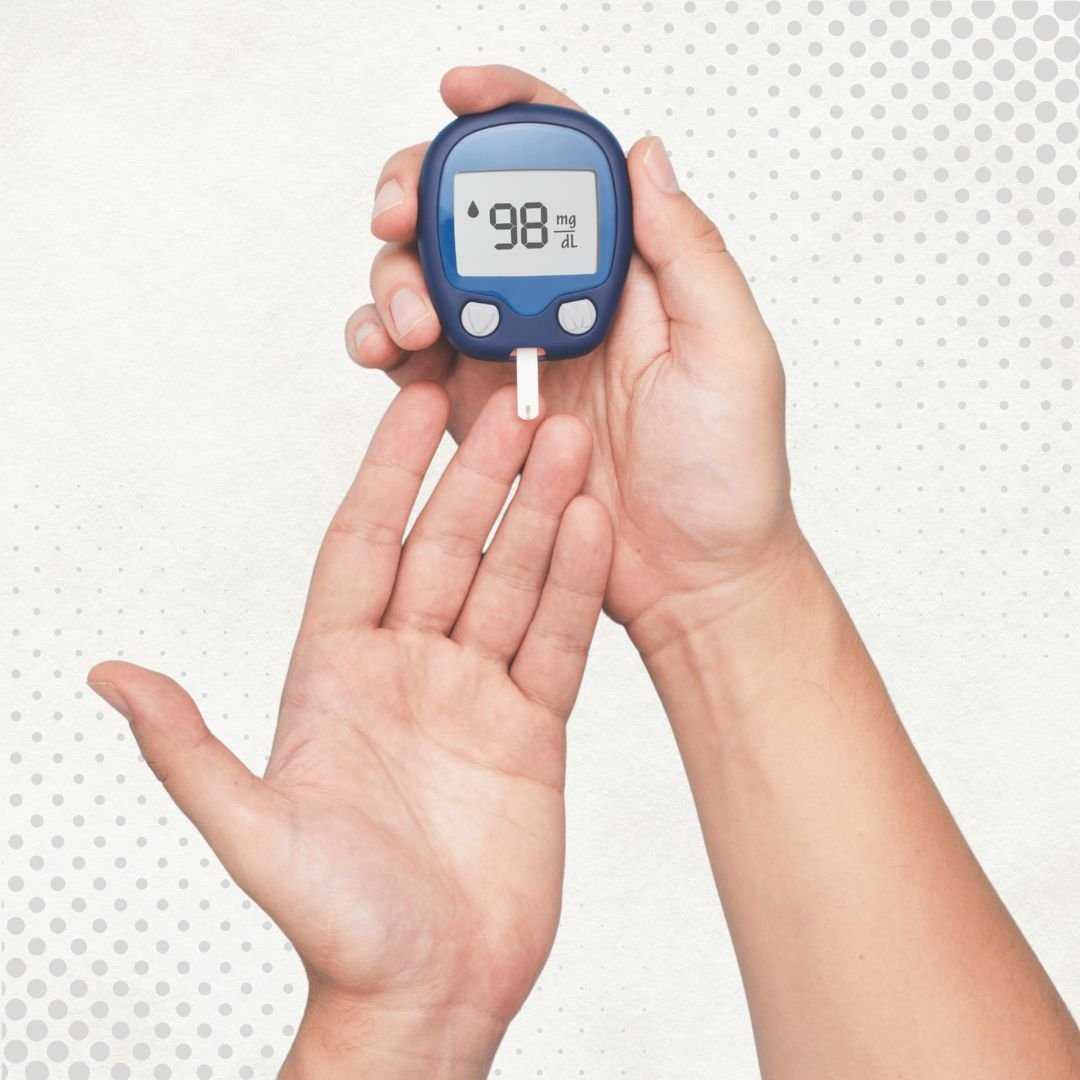

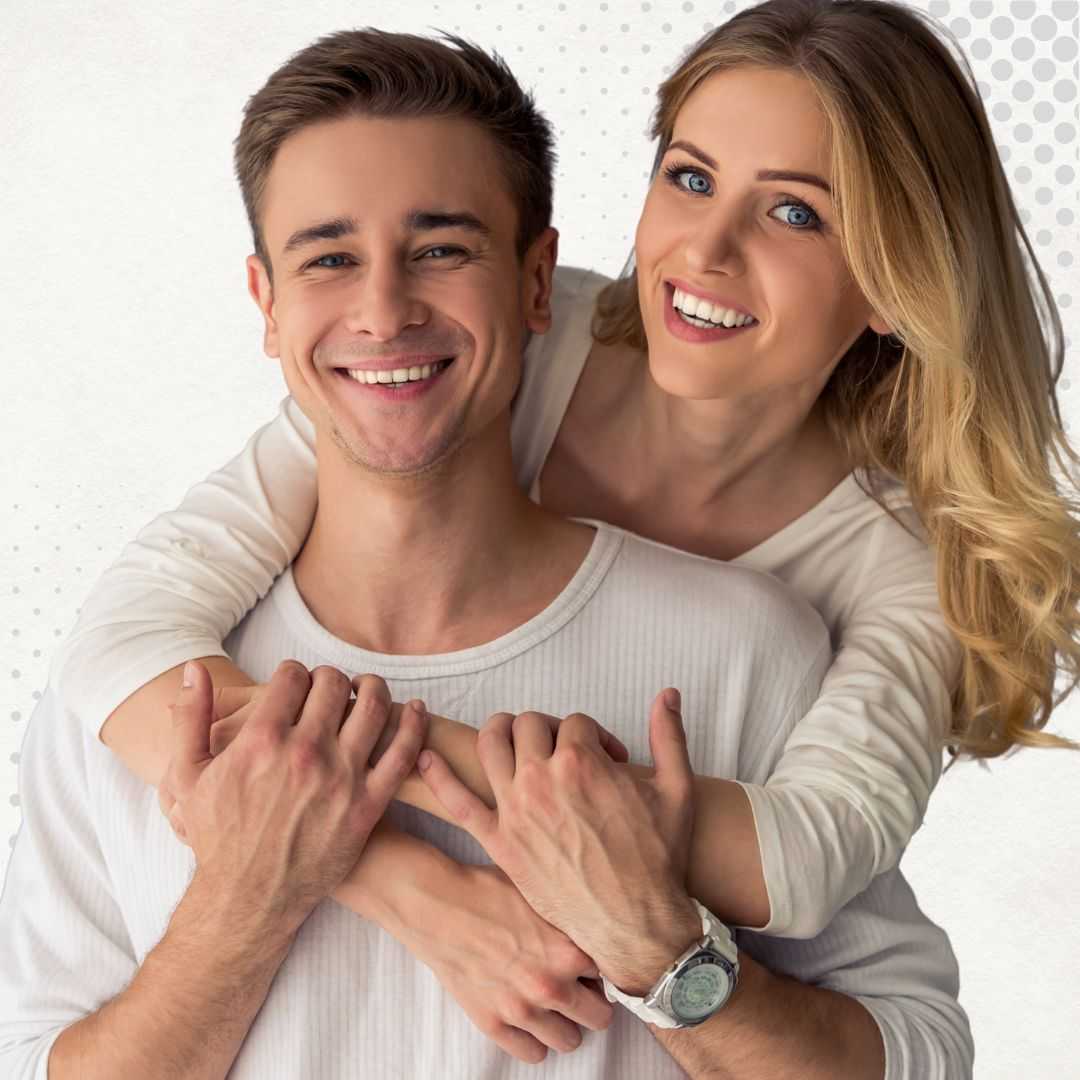
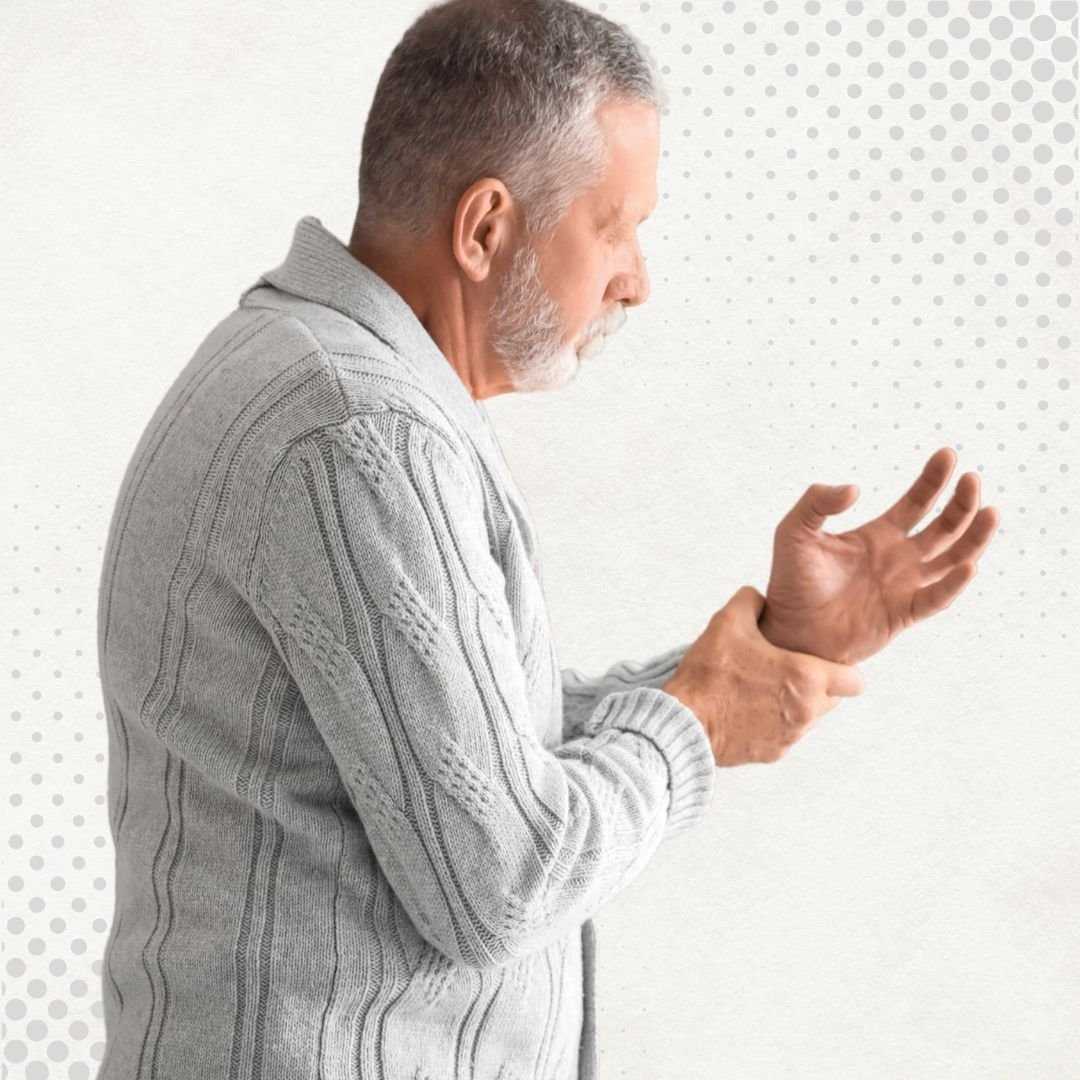
.jpg)

.png)
.png)
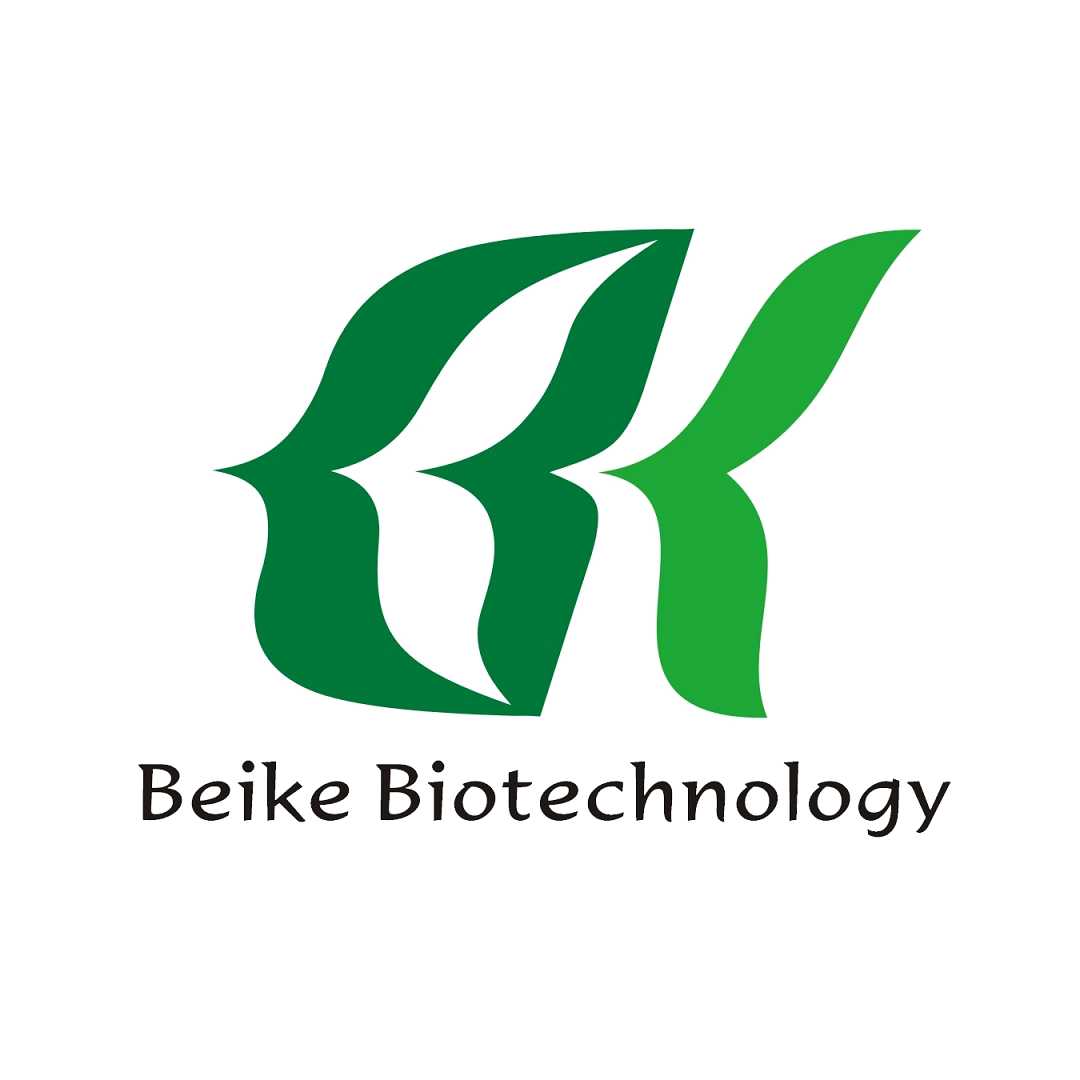
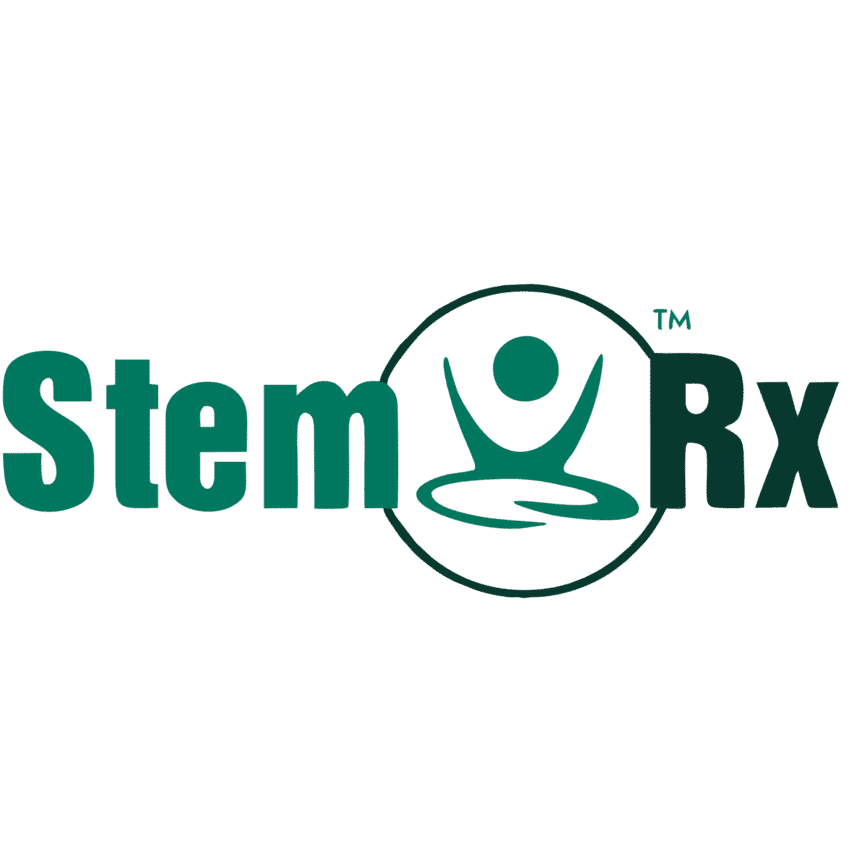
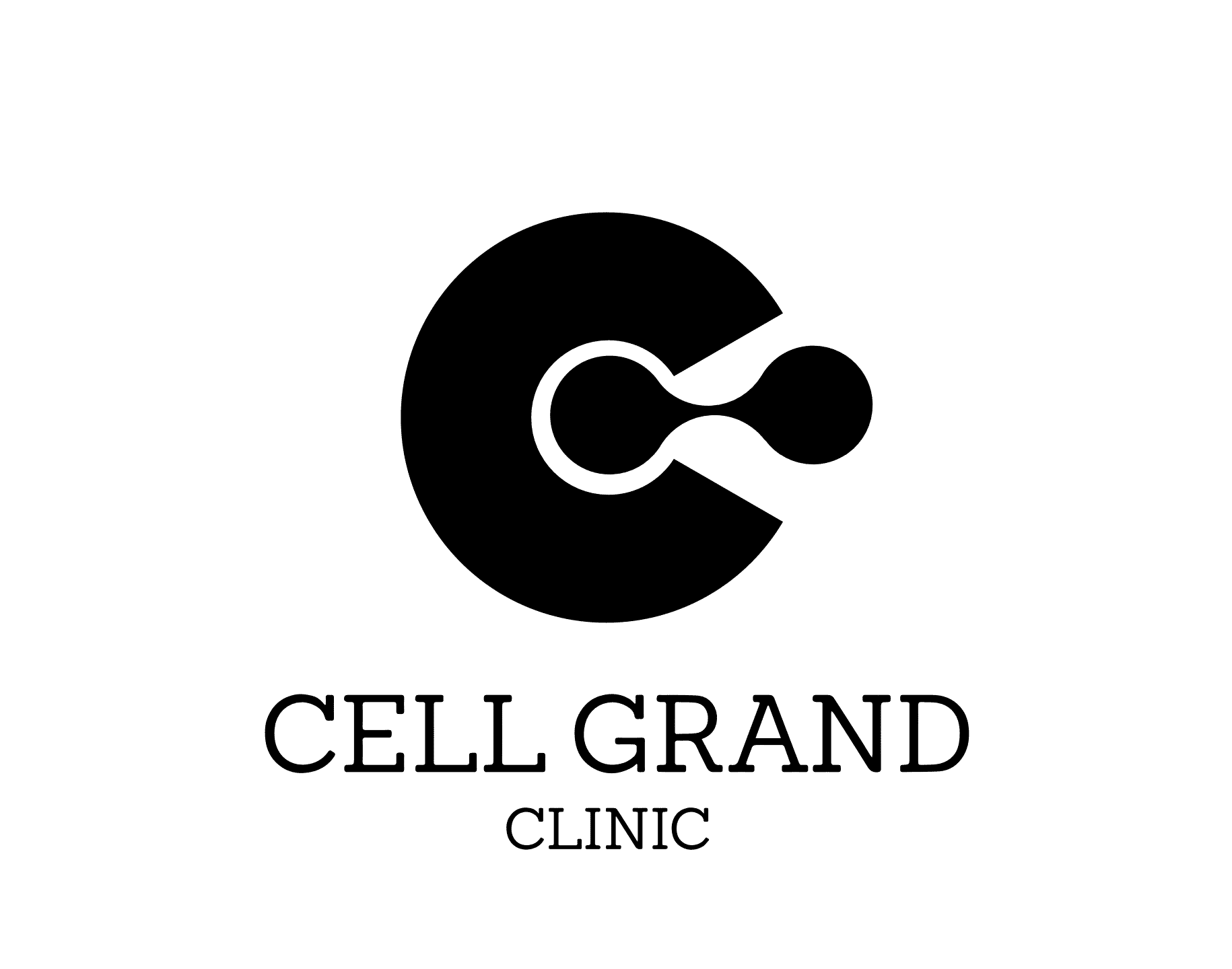
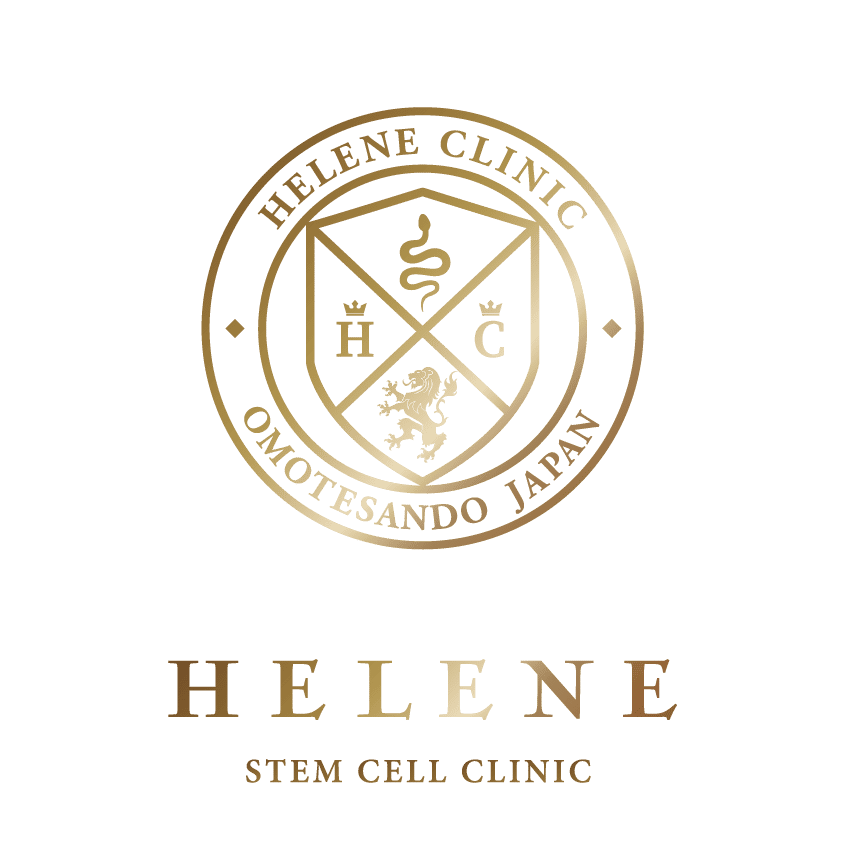

Share this listing